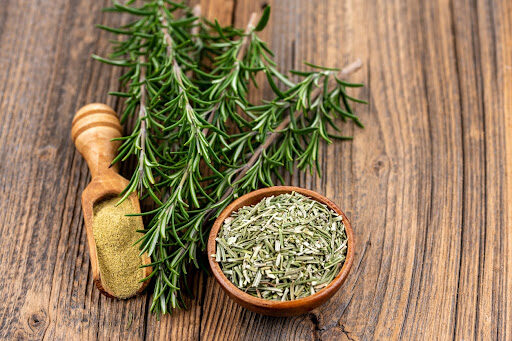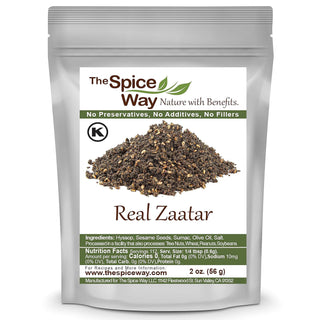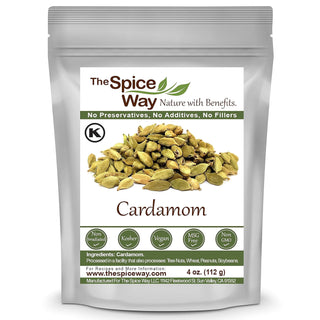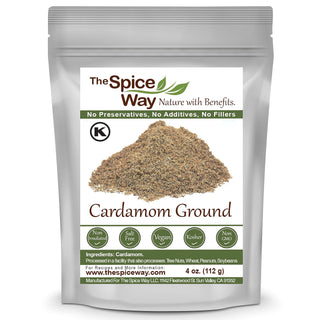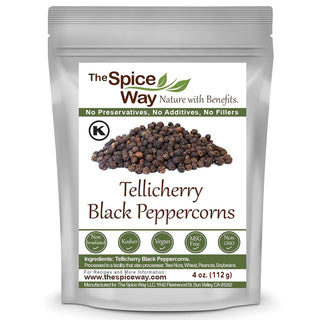When science and nature meet, we can better understand not only what the plants are good for but also why
1. The importance of the secondary substances produced by medicinal plants
The first things we look at when examining plants are those simple components, such as carbon dioxide, water, minerals found in the earth and the solar energy, which the plant generates and uses to create the various chemical substances that make up its structure. The substances produced by the plant are generally divided into two categories: primary metabolites and secondary metabolites.
A. Primary metabolites are substances produced in most species of plants, which are recognized as being essential for the plant's development. These include sugars, lipids, proteins, and organic acids. The primary metabolites make the plant an important source of nourishment, supplying all the major food groups required by man and animals.
B. Secondary metabolites are substances or chemical compounds usually found in small quantities in different parts of the plant. The purpose of some of these components for the life of the plant is still not clear to us, although we do know how they affect the human body. On the other hand, we have been able to identify the function of other components, in both the plant and the human body, including vitamins A, D, E, and C anti-oxidants that protect against radiation and the damage it causes, among other benefits. The secondary metabolites, which determine the physiological effect of the plant on our bodies, are critical factors in identifying a plant as functional.
The functions of secondary metabolites include:
- Attracting animals, mainly to pollinate and protect the plant.
- Warding off animals as may be necessary
- Healing the plant
- Regulating the plant's water consumption and moisture level, etc.
Common secondary metabolite compounds:
- Glycosides: Molecular compounds in which sugars are bound to another functional group, or aglycon, which endows the compound with its special properties. Cardiac glycosides produced from the digitalis plant, which are used in treating the heart, are one good example.
- Alkaloids: Nitrogenous compounds, which usually react as neutrals. They produce salt in reaction with acid and are poisonous in high concentrations. Examples include caffeine, nicotine, and morphine.
- Terpenoids: Most of these compounds have carbon atoms in multiples of five. This category includes carotenoids that appear as red and yellow pigments.
- Phenolics: The largest group in nature, they share the characteristics of alcohol and weak acids. Examples include tannins and coumarins.
- Quinones: A group of the natural colors, yellow, red, brown that contribute to the strengthening and oxidation processes. One example is anthraquinones.
- Vitamins
- Minerals and more
2. Old generations helped spread the tradition of medicinal plant usage
The older generations of the family, were considered the wise because they accumulated knowledge during their life time. This knowledge included an understanding of plants and their functional role. Because of the extensive experience they accumulated over the years and the understanding they gained about the benefits of plants for people, the elderly probably acted as agents, bringing the plants and their functional properties to the community.
In all cultures, plants have been used for thousands of years to treat and cure people, with centuries of experimentation and trial and error resulting in their designation as functional plants. In that way, a vast amount of valuable knowledge about the power of plants to help us has been accumulated. Nowadays this knowledge is not being used because of the following reasons:
A. The older generation is not considered to be wise because of developing technology.
B. The world's supply of these magnificent plants is gradually disappearing.
As a result, it is vital to document the traditional knowledge regarding plants’ functional properties, and to use every means available to prevent the extinction of this unique vegetation, which is an endless source of benefit to mankind’s health and well-being.
3.The gap between animals’ and man’s ability to understand plants and their use as remedies
Animals have an instinctive sense about plants and "know" when and how to take advantage of them. Lacking this intuitive sense, we humans need to learn about and understand the functional potential of plants. Several points should be born in mind. You can observe and "speak to" a plant. Try quietly observing a plant growing in its natural habitat, and you’ll see how much you can learn about the plant. The “stamp theory” based on the insights from this practice, encourages such observation in the search for clues about how to use plants.
- Observing animals and their approach to plants can teach us a great deal as well. The knowledge we gain can be applied to human needs.
- Some groups of people, such as the monks in Nepal, shamans in South America, and others, are still connected to their natural surroundings and continue to gather plants. They have never stopped using the earth's plant life to enhance their health and well-being.
4. How to use functional plants and spices
I have included some traditional suggestions for methods to help you and your body become acquainted with functional plants:
A. The sense of smell: Rub the plant between your fingers and smell it. This will allow some of the plant's substances to enter your body through the respiratory system.
B. Sense of touch or contact with the skin: The skin can absorb some of the plant's substances. Using a poultice is an effective method for activating the skin. For example, In the old days, they used to cut up a fresh onion, add turmeric and olive oil, place it on an infection and cover it with plastic wrap. Alternatively, they soaked a bandage in heated turmeric and olive oil and apply the bandage to a wound.
C. Eat herbs and spices directly or add them to food: Eating functional plants allows them to be absorbed into the blood stream. To release their unique properties of some plants, especially seeds such as flax and nigella (black caraway or black cumin), you need to break them down before ingesting them. This can entail grinding the flax or adding olive oil to the nigella.
D. Infuse, steep, or boil: Break down the plants in boiling water and drink the infusion.
E. Break down the plant in vegetable oil: With nigella, for example, some recommend to Fill a jar halfway with nigella and fill up the rest with olive oil. Close tightly, shake once or twice a day, and after one month, you will have a therapeutic oil that provides all the beneficial substances of nigella.
F. Break down the plant in alcohol: some suggest creating a functional plant tincture by filling a jar halfway with echinacea leaves and flowers, and the remainder with alcohol. After one month, squeeze and strain the liquid through a cheese cloth.
